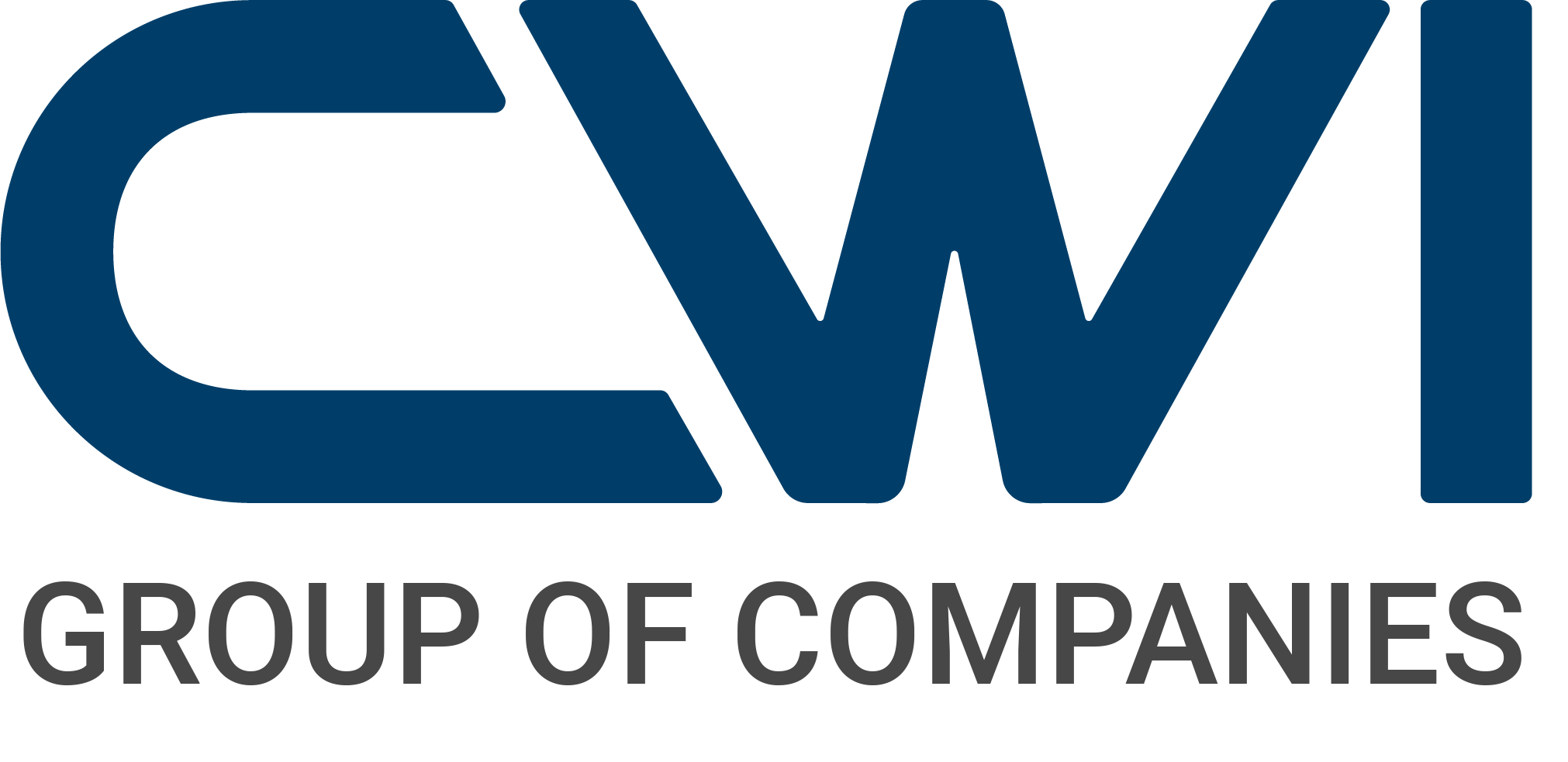There has never been a time period as electronically driven as we are in right now. This means more people relying on high-speed telephone service and that the need for preventing or reducing power outages is more prevalent than ever before. Welcome the unsung hero – Lashing Wire.

The Challenges That Lashing Wire Faces
CWI’s lashing wire is the right choice to ensure telephone wires remain stable and intact throughout the year, keeping us connected and productive. From long winters to dry heat, lashing wire can see some of the most extreme elements that Mother Nature can throw at it – and must be prepared in the manufacturing process, to weather these climates and perform day in and day out.
These weather demands require tensile strength, durability, and pressure tested lashing wire that holds up to the challenges of mother nature, keeping signals running and houses lit. Many stainless steel alloys provide these traits, but they are not all effective in handling weather obstacles.
One way to ensure that harsh conditions do not compromise telecommunication systems is to select the proper material grade lashing wire for the environment it’s located in. Here’s a brief primer on how to choose lashing wire material grades, and the reasons some are suitable for certain applications and conditions.

Type 430 Stainless Steel
For many years, Type 430 stainless steel was the alloy that was used everywhere. It provided sufficient corrosion protection for most environmental applications at a reasonable price. Over time it was noticed in the industry that they had to replace the lashing wire along coasts much more frequently than the lashing wire in farmland.
Type 430 did not possess the corrosion or humidity resistance required to thrive in coastal conditions. A complete lack of nickel in its chemical composition led to the less than ideal corrosion resistance. At this point, there was a need for a new lashing wire alloy that could handle harsher conditions.
Type 316 Stainless Steel
Type 316 stainless steel was developed for use in coastal regions because it had much greater corrosion resistance to the salt and humidity in ocean side installations. This additional corrosion protection came at a hefty price increase per coil but since the real cost is having to do maintenance and repairs, it turned out to be a big cost savings.
It was also noticed that while using Type 430 stainless steel, re-lashing had to be done more frequently in industrialized areas. This was mainly due to the increase in pollutants in the air and the ensuing acid rain.
These applications didn’t need the full corrosion resistance offered by the Type 316 stainless steel being used along the coasts, but they needed something more corrosion resistant than Type 430 stainless steel. A cost efficient alloy with the correct chemical composition would do.
Type 302 Stainless Steel
The solution became Type 302 stainless steel. It was a happy medium between Type 430 stainless steel and Type 316 stainless steel. With high chromium and nickel levels, it offers the desired corrosion resistance to withstand harsher acidic conditions, while remaining a cost-efficient option.
Despite being more affordable, type 302 stainless steel still performs, boasting high tensile strength and toughness, necessary for lashing wire uses.

CWI Alloy Options
So, based on where you are doing your lashing, you have multiple choices to ensure an economical life for your lashing wire. All three of these material grades are available from our Wire Division.
To view a full extensive list of our metal alloy options, visit our alloy page qui. We list all of our stainless steel, nickel, and red metal alloy options, as well as some information on chemical composition and applications.
Request a Quote
Now that you know how to choose lashing wire material grades, let’s look at making a purchase.
If you have any questions about lashing wire selection, or anything to do with our other wire products, don’t hesitate to reach out at sales@centralwire.com. We are always happy to help make your project that much easier.
Ready to invest in lashing wire solutions? Request a quote with us today!
